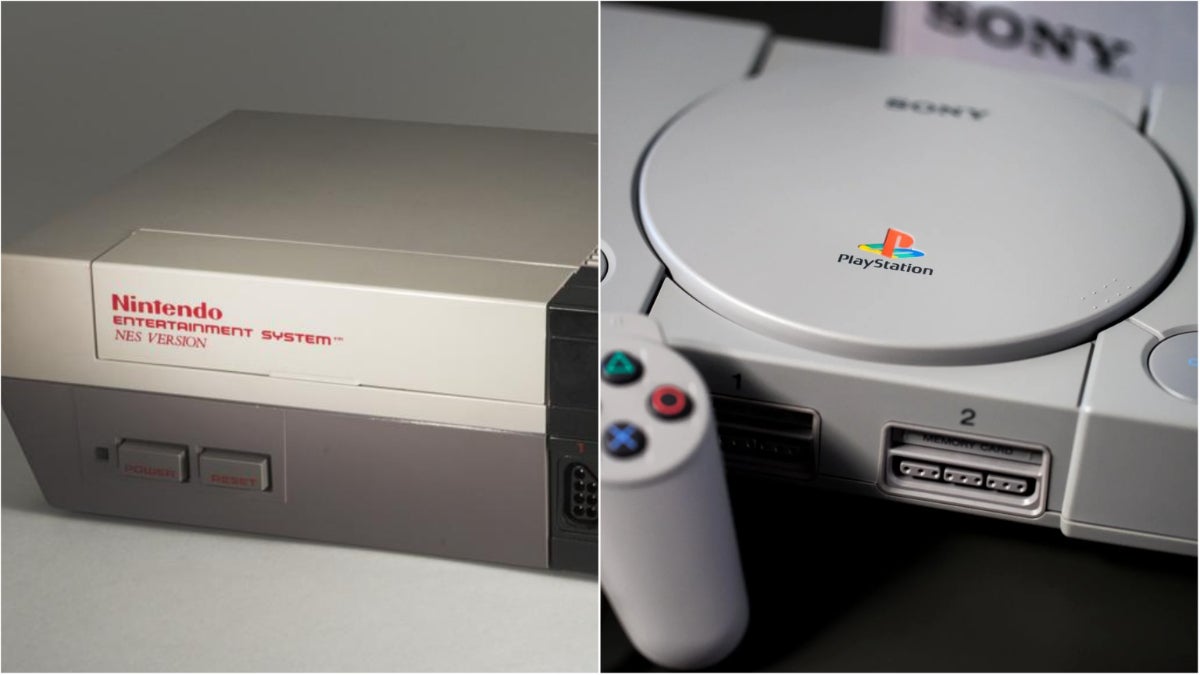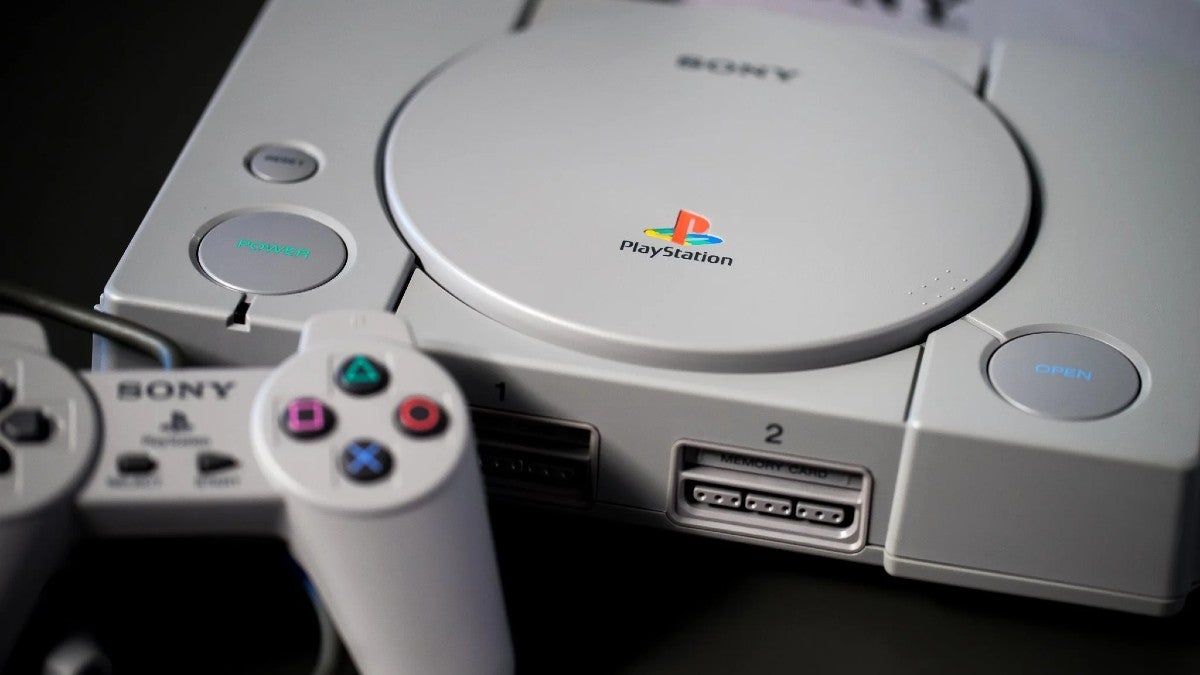The PlayStation 1 (PS1), Sony’s foray into the gaming console market, debuted in December 1994 and quickly revolutionized the world of video games. As the first home console to ship over 100 million units worldwide, its impact was both profound and far-reaching. The PS1 not only introduced a new platform for game development but also played a major role in bringing video gaming into the mainstream.
A Bit of PS1 History

Before the arrival of the PS1, the gaming industry was dominated by Nintendo and Sega. These platforms primarily used cartridge-based games, which limited their storage capacity and graphical capabilities. The industry was thriving, but there was room for improvement.
Sony’s entry into the gaming market marked an important shift. Unlike traditional gaming companies, Sony was not initially a game developer but rather a powerhouse in electronics. Their decision to create a gaming console stemmed from a failed collaboration with Nintendo to develop a CD-ROM for the Super Nintendo. This moment led Sony to independently pursue their own console.
The launch of the PS1 in 1994 was a game-changer. It introduced the use of CDs instead of cartridges, offering greater storage capacity for more detailed graphics and complex games. This move not only improved game quality but also made game production more accessible and cost-effective for developers.
The immediate impact of the PS1 was obvious – it broadened the gaming market, challenged established players, and set new standards in game development. Its success reshaped the gaming industry, paving the way for modern gaming as we know it today.
The PS1 Brought the Tech
The PS1 brought several key tech innovations to the gaming industry, altering how games were developed and experienced.
Improved Hardware
The PS1 was equipped with advanced hardware for its time, including a 33 MHz CPU and a custom Graphics Processing Unit (GPU). This hardware allowed for 3D graphics, a substantial leap from the predominantly 2D graphics of earlier consoles. The PS1’s ability to render complex polygons led to more immersive and visually engaging games, setting a new benchmark for console graphics.
CD-ROM Format
The PS1 used CD-ROM format for games. This was a departure from the cartridge-based systems of its competitors. CDs offered greater storage capacity at a lower cost, allowing developers to include higher-quality graphics, more detailed game worlds, and CD-quality audio in their games. This allowed for the inclusion of longer, more narrative-driven games.
Impact on Game Development and Design
The PS1’s tech capabilities had a big impact on game development and design. The increased storage space allowed developers to experiment with more complex storytelling, including full-motion video and voice acting. It also enabled the creation of expansive game worlds and more intricate gameplay mechanics.
This shift largely improved the overall gaming experience and attracted a new demographic of gamers, contributing to the expansion of the gaming market.
The Game Library Was Next-Level

The PS1’s game library was marked by its variety, offering titles across multiple genres, including action, adventure, racing, RPG (Role-Playing Game), and more. This diversity catered to a wide range of gaming preferences, making the PS1 appealing to a broad audience. The quality of these games was a huge leap forward at the time, with more detailed graphics, immersive narratives, and innovative gameplay mechanics than previous consoles had offered.
The PS1 was home to several iconic titles that left a lasting impact on the gaming world. Final Fantasy VII was a landmark in storytelling and cinematic presentation in video games, introducing many to the potential of video games as a narrative medium. Metal Gear Solid was another groundbreaking title, renowned for its in-depth story, stealth gameplay, and cinematic cutscenes. These games, among others, not only defined the PS1’s legacy but also influenced the future direction of game development.
Third-party devs helped expand the PS1’s game library. The console’s use of CDs made game development more accessible and cost-effective, encouraging a wide range of developers to create games for the platform. This support from third-party developers led to a constant stream of diverse and innovative titles, sustaining the PS1’s popularity throughout its lifespan.
A Cultural Impact
The PS1 was a pop culture phenomenon, changing how video games were perceived and consumed. Its impact extended beyond gaming enthusiasts to the broader public, helping to bring video gaming into the mainstream of entertainment.
The PS1 also helped shape the image of video games, transforming them from being seen primarily as children’s entertainment to a legitimate form of entertainment for all ages. This was partly due to its diverse game library, which included titles that appealed to older audiences and explored more mature themes.
Sony’s marketing campaigns and branding for the PS1 were also on point. Memorable advertisements and slogans captured the imagination of the public, positioning the PS1 as a cool and desirable product. This effective branding helped to establish Sony as a major player in the gaming industry and contributed to the widespread recognition and popularity of the PS1.
Business and Industry Influences
The introduction of the PS1 marked a turning point in gaming economics. Its success demonstrated the lucrative potential of the gaming market, attracting interest and investment from various sectors. The PS1’s widespread popularity also highlighted the profitability of targeting a broader demographic, including adult gamers.
Sony’s entry into the gaming world with the PS1 disrupted the existing balance of power, challenging the dominance of established players like Nintendo and Sega. The PS1 forced competitors to reevaluate and upgrade their offerings, leading to rapid advancements in console technology and game development. This competitive environment spurred a period of significant growth and creativity in the industry.
A Legacy That Lives On
The PS1’s success paved the way for future generations of consoles, both within Sony and across the industry. Its use of CD-ROMs, emphasis on 3D graphics, and appeal to a wider demographic were trends that subsequent consoles built upon. The PS1 also demonstrated the importance of a strong game library and the potential of gaming as a mainstream form of entertainment, lessons that have shaped console development ever since.
Today, the PS1 holds significant nostalgic value. Many gamers have fond memories of their first experiences with the console, and its classic games continue to be celebrated and revisited. This nostalgia has led to a resurgence in interest in retro gaming, with the PS1 being a key focus for collectors and enthusiasts.
The PS1 maintains a dedicated community and fanbase, years after its initial release. Online forums, fan websites, and social media groups are active in discussions about the console and its games.
This enduring interest is a testament to the PS1’s impact and the fondness with which it is still regarded in the gaming community.


